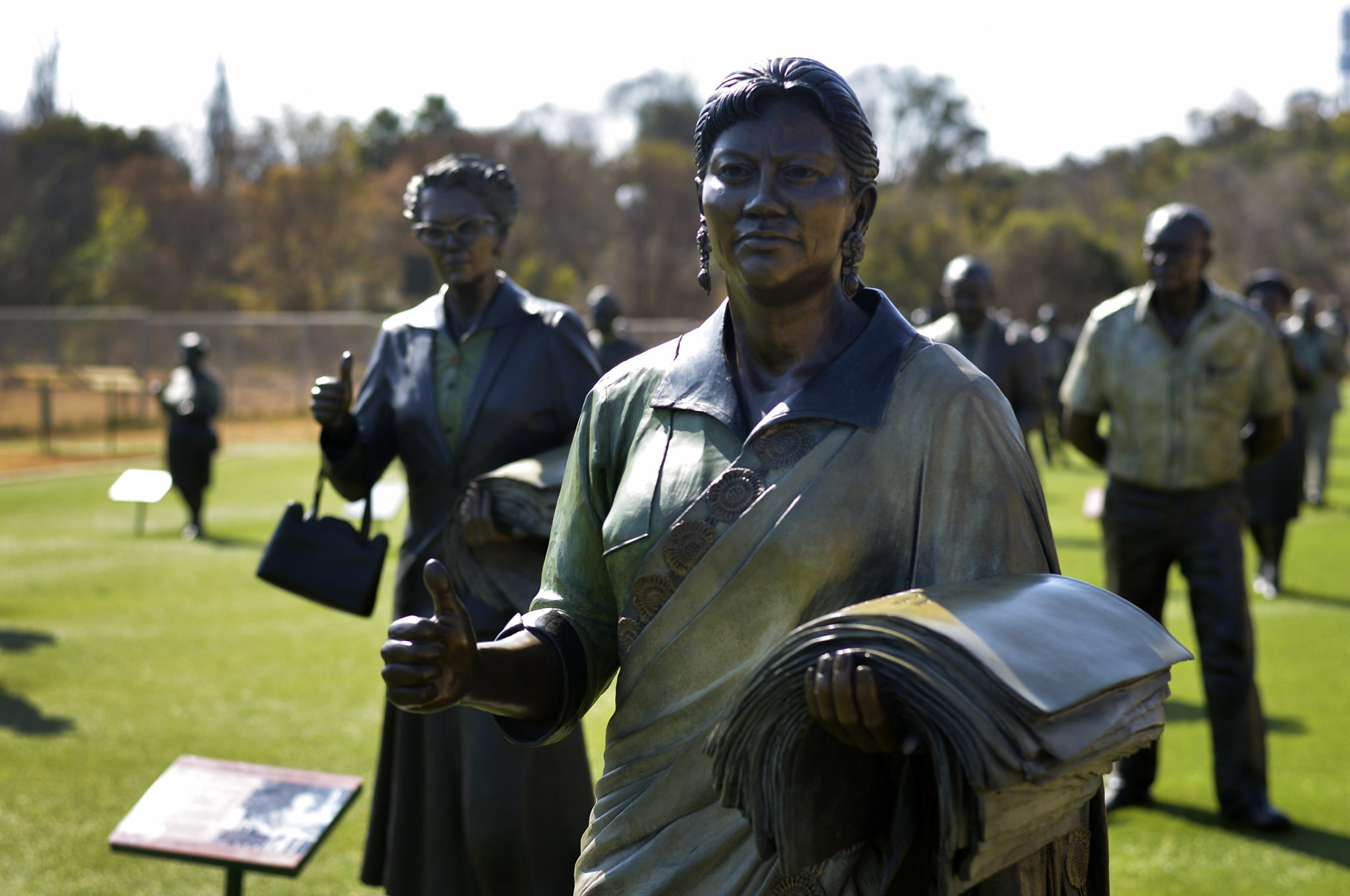Sixty two years ago, on August 9, 20,000 women of all races, classes and creed marched, singing and chanting, babies on their backs, to the Union Buildings in Pretoria, South Africa’s capital city, to deliver a petition to then Prime Minister J.G Strydom against the introduction of the apartheid pass laws.
This meant black women were not allowed in urban areas for more than 72 hours unless they possessed a pass with the holder’s details, including payment of taxes and permission to be in these urban areas. The march was led by the struggle stalwarts: Lilian Ngoyi, Helen Joseph, Albertina Sisulu, Sophia Williams-De Bruyn and Rahima Moosa.
“I didn’t see much of Helen Joseph at the march, she was in front of the crowd. She was a big strong woman and she led the march with other strong women. They told us that women are holding passes and if we don’t demonstrate against [the government], we [too will one day end up] holding these passes,” recollects Ramnie Naidoo to FORBES AFRICA. She was only was 14 years old at the time, escorting her mother at the march.
Pictured here is Helen Joseph (1905-1992), founding member of the Federation of South African Women, and Rahima Moosa (1922-1993), union activist and member of the Transvaal Indian Congress, both co-leaders of the 1956 Women’s March.
They have been immortalized in the Long March To Freedom, a procession of 100 life-sized bronzes celebrating the pioneers of South Africa’s journey to democracy, at the Fountains Recreation Resort in the City of Tshwane, Gauteng, South Africa.
